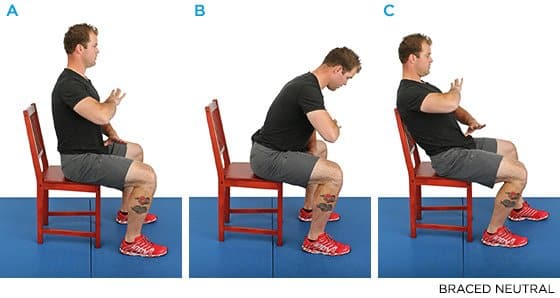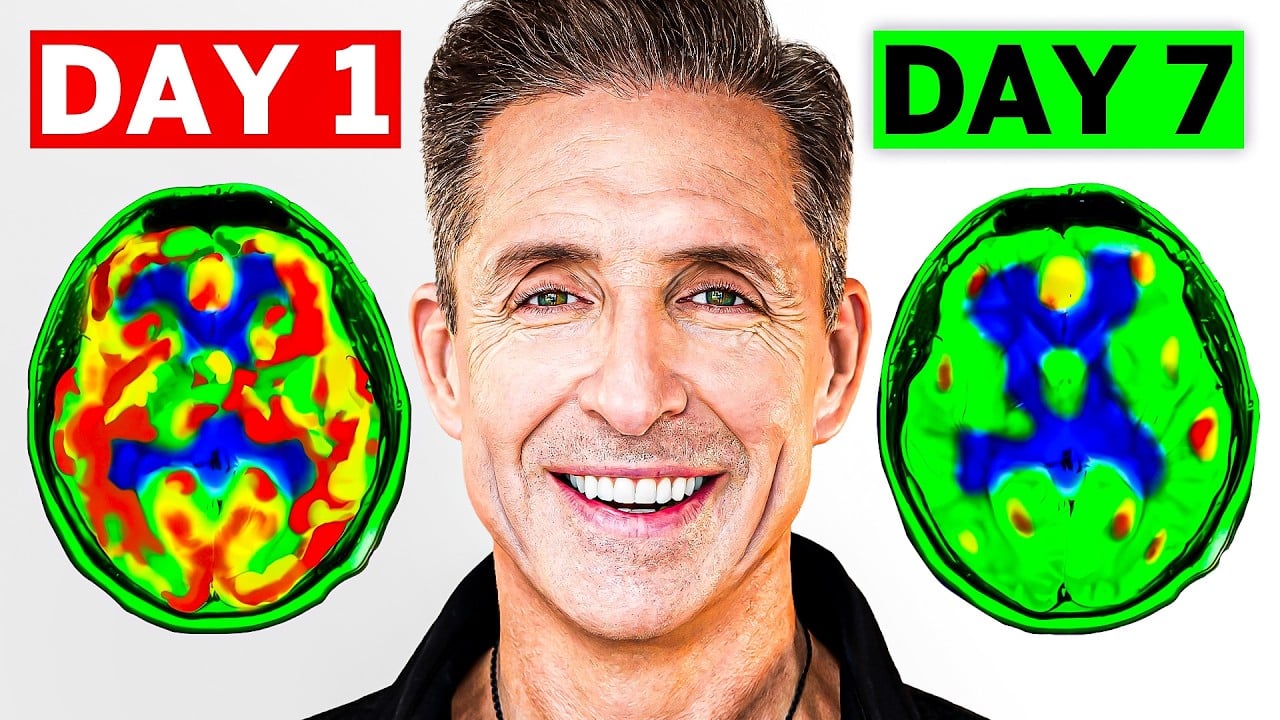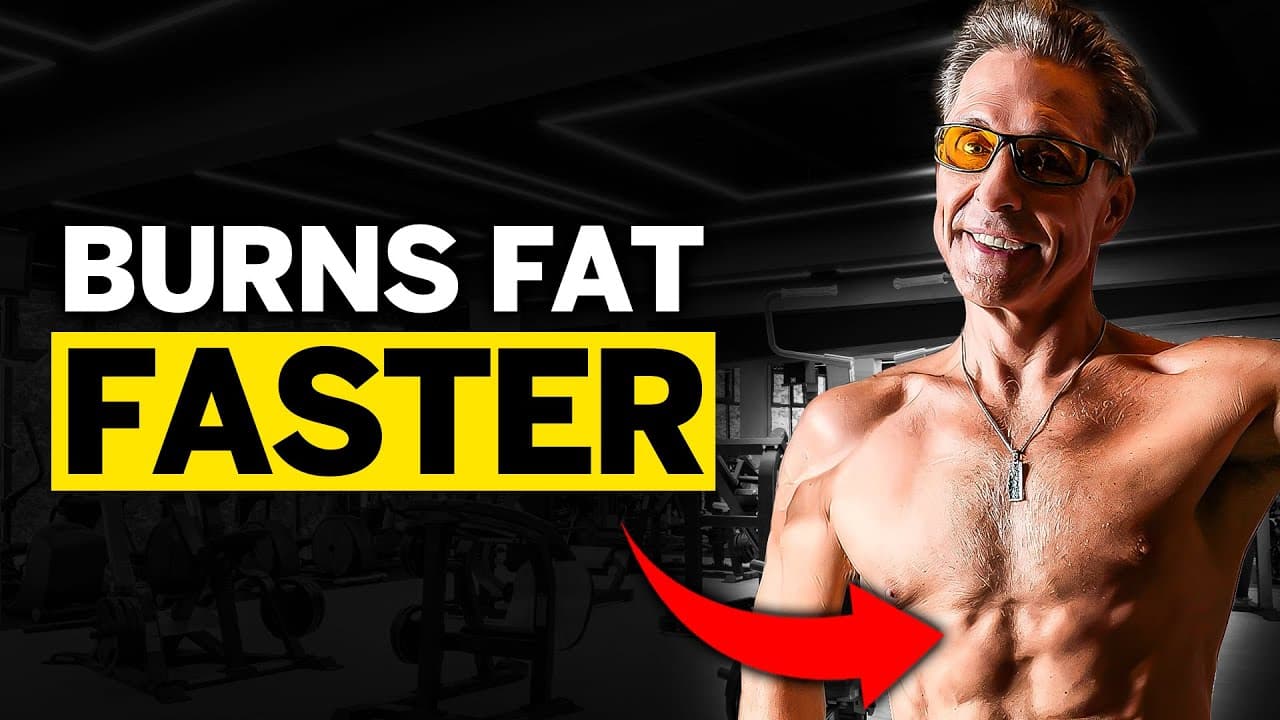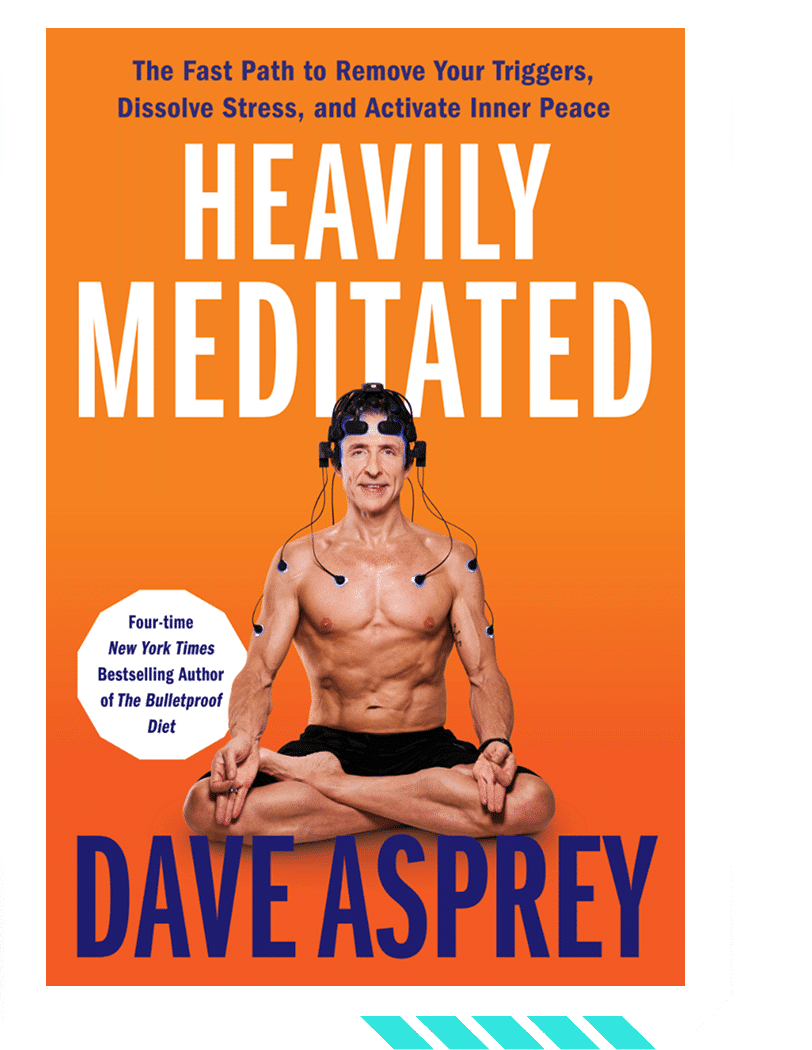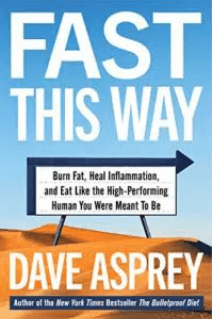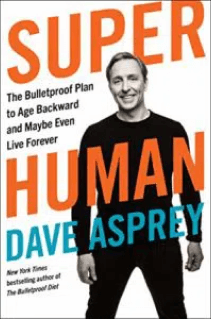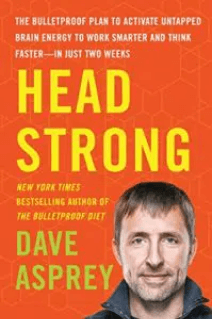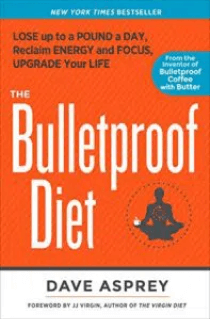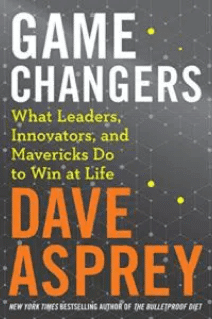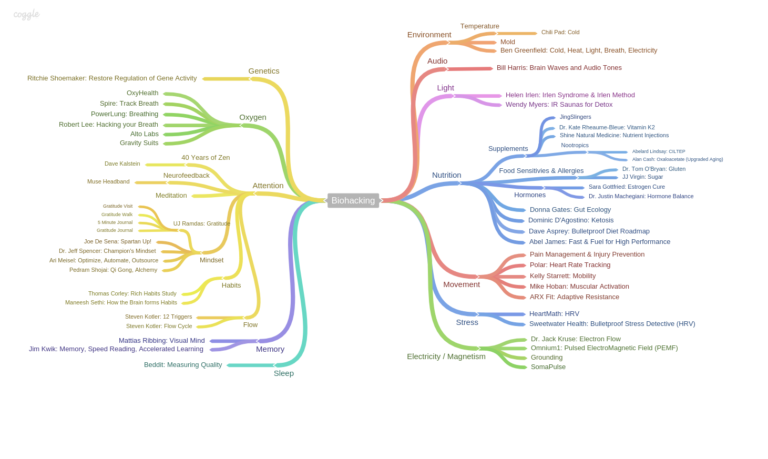
Biohacking (noun): The art and science of changing the environment around you and inside you so you have full control of your biology.
Maybe this is the first time you’re hearing the word “biohacking”. Or maybe you’re here because you’re curious about what type of person would hook themselves up to machines, take 180+ supplements per day, or willingly step into a tub filled with freezing water.
Biohacking doesn’t have to be complicated or out-of-reach.
What if I told you that you’re probably already a biohacker, or that you’ve likely been biohacking for a large portion of your life?
If you’ve ever sipped on a cup of coffee for more brain energy, taken a vitamin to improve your health, or exercised to increase your muscle mass, you’re a biohacker.
All of these activities involve one major thing: changing inputs and signals you send to your body to get a desired output or result.
This is the essence of biohacking.
Another major part of biohacking is tracking what you hack. This way you can find out what’s working (and what isn’t) and make tweaks and changes along the way to get you closer to your goal.
Biohackers experiment, get data, and then use that data to evolve.
We’re all about continuously improving our inputs to upgrade our outputs.
Whether you’re a total newbie, a biohacking skeptic, or a seasoned biohacker wanting to revisit the basics, here are 7 actionable biohacks that you can start doing immediately:
Fix your posture, dial in your nutrition, get back to nature, meditate, change your brain state with sound, upgrade your sleep, and feel gratitude.
Let’s get started.
1. Fix your posture
Sitting for long periods of time is terrible. It causes muscle tightness and destroys your potential for athletic performance. Eventually, it causes injury and chronic pain.
You aren’t supposed to feel that pain.
Kelly Starrett, founder of The Ready State and author of Becoming a Supple Leopard and Ready To Run, gives these tips for restoring your natural mobility:
Tip 1: Spend 10 minutes foam rolling each day.
Tip 2: Maintain a neutral-spine position.
Here is an easy sequence to stabilize your spine:
- Squeeze your butt.
- Breath out and pull your ribcage down.
- Engage your abs 20%.
- Set your head in a neutral position, ears in line with shoulders (imagine someone grabbing the top of your head above your ears and pulling upward).
(Image source here)
This same stabilizing sequence can be used while standing. While standing, twist your feet into the ground (like a screw) to add more stability.
Unfortunately, this posture is really hard to maintain while sitting.
A more stable sitting position is to sit cross-legged or in a butt-to-ground squat in your chair. You’ll look silly doing it, but it’s worth it.
2. Dial in your nutrition
Nutrition is one of the most important inputs that affects all areas of your life.
The Bulletproof Diet by Dave Asprey is the diet of biohackers. In short, focus on:
Grass-fed beef, pasture-raised eggs, and low-mercury fish (like wild sockeye salmon)
Low-toxin veggies drenched in grass-fed butter
Moderate starches and fruits
Lots of herbs and spices
Drink Danger Coffee
This is a simplification to get you started. For full details, go here: Bulletproof Diet Book
Not ready to fully commit to the Bulletproof diet? Start by removing sugar from your diet. Refined sugar intake contributes to inflammation.
Another important thing you can do is find your personal kryptonite. If you have a food sensitivity but eat that food anyway, you get inflammation. Inflammation makes your brain dumber.
Test for your food sensitivities, then stop eating those foods.
You can do this with a food sensitivity test, or by monitoring your heart rate after your meals. Dr. Arthur F. Coca’s research shows that your heart rate raises by 4 to 6 beats per minute after you eat foods you are sensitive to. You can check this by taking your pulse 30, 60, and 90 minutes after a meal. If your heart rate rises, it may be worth it to do some further investigation.
3. Get back to nature
Humans aren’t meant to be pent up in cubicles all day under artificial lighting. We’re meant to spend a good amount of time outside. But we’re moving further and further away from this. We are not as fit, resilient, or adaptable and much more prone to chronic disease than our ancestors.
If domestication is the problem, then getting back to nature is the solution.
How do you do this?
Start by going outside first thing in the morning. Walk barefoot on the grass and get some sun on your skin. Grounding reduces inflammation and morning sun helps improve your mood and your sleep.
If you can, also get at least 15-20 minutes of sun during the middle of the day, when UVB rays are at their highest. Your body makes vitamin D when your skin is exposed to UVB rays. Vitamin D is extremely important for immunity, balanced hormones, mood, sleep and more.
The more time you can spend outside, the better. Studies show that exposure to plants and greenery is associated with lower stress levels and lower blood pressure. So go for a walk in the woods – it’s free!
4. Meditate
To change where you direct your attention, you must become aware of your attention. Then, you can consciously create the internal states, behaviors, feelings, situations, and meaning that you desire.
Meditation is the tried-and-true path to enhanced awareness.
There are advanced methods of meditation like 40 Years of Zen, but regular meditation is always accessible and free. Start with this.
If you’re new to meditation, here is a powerful one from Dr. Barry Morguelan of Energy for Success – Guided Breathing, Meditation, and Visualization
5. Change Your Brain State with Sound
Your brain has 100 billion neurons that use electricity to talk to each other. At any moment, millions of neurons are talking at once, which produces a lot of electrical activity. When this activity is measured with an EEG, the result is a wave-like pattern called a brainwave.
The frequency of this brainwave depends on what you are doing.
Brainwaves 101:
Delta (1–4 Hz): Associated with deep, restorative sleep
Theta (4–8 Hz): Dominate during light sleep and deep meditation, fueling creativity and intuition
Alpha (8–12 Hz): The brain’s “chill” mode, when you’re awake but calm. These waves involve bridging the conscious and subconscious
Beta (13–37 Hz): Associated with problem solving and active thinking
Gamma (38-100 Hz): Associated with peak mental activity, enhanced learning and memory
It turns out you can use sounds to influence your brainwave patterns.
Research by the late Bill Harris of Centerpointe Research Institute found that an audio brainwave entrainment called Holosync helps meditators create awareness 8x faster than traditional meditation.
You can try Holosync free for 5 days here – https://www.centerpointe.com/try-holosync-free/
Another great brainwave entrainment program is BrainTap. Using guided meditation, Dr. Patrick Porter’s BrainTap device uses a neuro-algorithm to synchronize your brainwaves to a specialized sound. That results in full-spectrum brainwave activity. Each session promotes the brain’s ability to reorganize itself by forming new neural connections, also known as neuroplasticity.
You can try sign up for a free 14-day trial of BrainTap here – https://braintap.com/membership-and-headset/#Get-Started
If you decide you love it, go to https://braintap.com/dave/ for a special discount.
6. Upgrade Your Sleep
If you want to be a biohacker, you must recover as fully and intensely as you stimulate yourself.
Sleep is your number one tool for recovery.
Besides allowing your body to rest, consolidate memories, and process the previous day’s events, scientists have found that it is during deep sleep that the brain removes toxins and metabolic waste products.
When it comes to sleep, quality is more important than quantity. Aim for at least 1.5 hours of deep sleep and 1.5 hours of REM every night. Remember, biohackers track progress so if you have the means, invest in a wearable that tracks your sleep.
If your sleep isn’t as great as you would like it to be, that’s okay! Here are 3 things you can start tonight to get a better night of sleep:
- Avoid screens and artificial lighting 2-3 hours before bed. The light from your phone, TV, and even CFLs interferes with your circadian rhythm. Turn your phone off a few hours before bed or get glasses that block the types of light that mess with your sleep and put them on when the sun goes down. True Dark glasses are specially made for this!
- Turn down the thermostat. Your body temperature normally drops at night to induce deep sleep. If it’s too hot, this may negatively impact your sleep. Studies show that the best temperature for sleep is around 68°F.
- Stop eating 2-3 hours before bed to give your body enough time to digest your food.
7. Feel Gratitude
Think or say this sentence and then pause and notice how you feel.
“Ugh, I just wasted 12 minutes of my life. I’ve learned nothing and this article is bullsh*t.”
… hmmm ok …
Now try this one.
“I’m grateful for this opportunity to expand my worldview. I am practicing my ability to read information and filter what is meaningful to me.”
… pause a moment …
Now one more.
“I am MASSIVELY grateful to be learning something new today and am giddy to apply one of these techniques in my daily life. EVERYTHING IS AWESOME!!”
The point is: You can think about the same experience in many different ways. If you are grateful, you can positively change your perspective on the events in your life.
Researchers have found that gratitude exercises can boost mitochondrial enzymes to make you happier, more positive, and more emotionally open after just 2 weeks.
At its simplest, just write down 3 things you are grateful for each night and three things in the morning.
You can also write a letter (300 words) of love and gratitude to someone important to you. Set up a time to meet them, then take out the letter and read it to them.
The most important thing is that gratitude is not something you think; it’s something you feel. Notice how it feels in your body when you’re truly grateful. Do your hands get warm? Does your heart rate change? Feel it.
Gratitude is a daily practice, similar to meditation. Like meditation, it becomes more natural over time.
Remember: What you put into your body affects what you get out. In this case, your thoughts create the world you experience. If you put gratitude in, you get gratitude out.
YOUR MISSION
Pick one: Posture, Nutrition, Nature, Meditation, Sound, Sleep, Gratitude.
Do it. Commit to it for 7 days and see how you feel.
